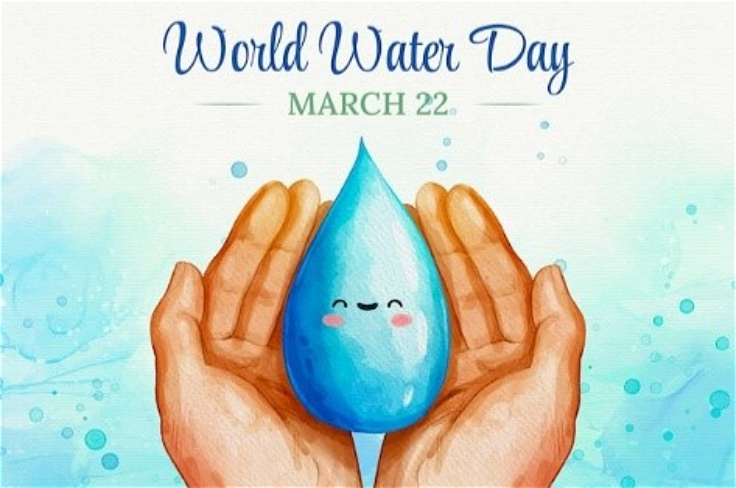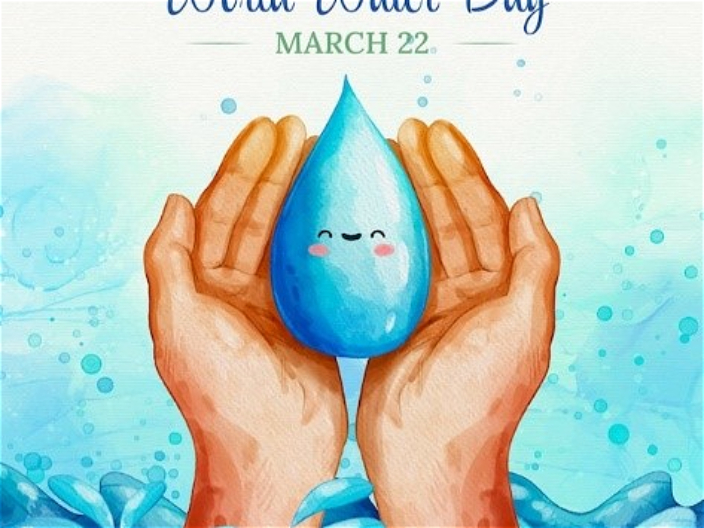How the PEF methodology raises awareness on water issues

World Water Day takes place annually on 22 March as a means to bring attention to the important supply and sustainable management of freshwater resources. The day is also a symbolic reminder to take action in tackling the global water crisis, congruent with the Sustainable Development Goal (SDG) 6 that ensures availability and the sustainable management of water and sanitation for all.
Access to fresh water has never been more critical. Disruptions of all sorts in the water cycle are undermining progress on all major global issues, from health to gender equality, education or industrial development, to name a few.
With water scarcity being a growing environmental concern in many parts of the world, it is important for both individuals and enterprises to address this issue as part of their environmental and sustainability efforts. One way for companies to preserve water is by investing in methodologies that help reduce water consumption or support water recovery through the production cycle. Here, the Product Environment Footprint (PEF) method can address water scarcity is by considering the water use and efficiency of the products and processes.
By reducing the water use of a product or process, companies can conserve water and reduce the impact of their operations on local water systems. This can be achieved through a variety of methods, such as implementing more efficient production techniques, using recycled or reclaimed water, or designing products that require less water to produce. Additionally, companies can use their PEF assessments to identify areas where they can reduce their water use and improve their overall sustainability performance. This may involve re-evaluating their supply chains, choosing suppliers who prioritize water conservation, or engaging in water stewardship activities to protect local water resources.
Water issues in Azerbaijan
Azerbaijan’s climate varies from dry (in the central and eastern parts of the country), to subtropical and humid (in the southeast). Aside from the Caucasus mountains and the Lankaran lowland, the most of the country gets scant rainfall. Because of this, the country’s agriculture heavily relies on irrigation, which creates a challenge for the country’s 10 million people (as almost half live in rural areas and depend on agriculture).
This is compounded by the fact that Azerbaijan’s three main ground water sources – the Kura, Araz and Samur rivers – originate outside the country and are heavily exposed to overuse and pollution from industries and municipalities in neighboring countries and within Azerbaijan. Since not all wastewater treatment facilities are properly functioning, untreated municipal wastewater is the largest source of pollution of the water basins.
Droughts are also common in the country, particularly in the arid central regions. There is strong evidence from recent years that water levels in Kura and Araz rivers, as well as in the reservoirs fed by them, have drastically decreased. Different methodologies such as PEF can provide solutions for the entities working with limited resources such as water.
As well, on the national level, with the start of the Novruz celebrations, Azerbaijan also takes stock of World Water Day, hailing water as a source and precursor of the re-birth of nature, and a reminder of its crucial role. At the same time, in Azerbaijan and across the globe, on 22 March was a strong reminder that that, worldwide, two billion people still do not have access to safe water and 3.6 billion lack access to safely managed sanitation services. As only building better water infrastructure is not enough, people need resilient services, particularly in the context of climate change and the increasing population growth.
Here is an article that links

